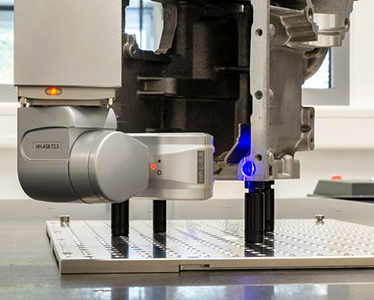What is forging
2023-06-16
Forging is widely used in the process of manufacturing parts and components in Maple machinery. With the progress of science and technology, the requirements for workpiece accuracy continue to improve, precision forging technology with high efficiency, low cost, low energy consumption, high quality and other advantages has been more and more widely used. According to the deformation temperature of metal plastic forming, precision cold forging forming can be divided into cold forging forming, temperature forming, sub-thermal forging forming, hot precision forging forming, etc., the production of auto parts include: automobile clutch engagement gear ring, automobile transmission input shaft parts, bearing ring, automobile constant speed universal joint sliding sleeve series products, automobile differential gear, automobile front axle and so on. Common automobile forging forging definition and classification
I. Definition of forging
Forging is a processing method that uses forging machinery to exert pressure on metal bad materials to produce plastic deformation to obtain forgings with certain mechanical properties, certain shapes and sizes. Forging (forging and stamping) is one of the two major components. Through forging, the defects such as as-cast loose produced by the metal in the smelting process can be eliminated, and the microstructure is excellent. At the same time, due to the preservation of the complete metal flow line, the mechanical properties of the forging are generally better than those of the same material. High load in related machinery. For important parts with severe working conditions, forgings are mostly used in addition to the simple plates, profiles or welding parts that can be rolled.
2. Classification of forging
According to the different production tools, forging technology can be divided into free forging, module forging, grinding ring and special forging. Free forging: refers to the processing method of forging with a simple universal tool or directly applying external force to the bad material between the upper and lower stations of the forging equipment to deform the bad material and obtain the required geometry and internal quality of the forging. Die forging: refers to the metal bad material in a certain shape of the forging die pressure deformation to obtain forging. Die forging can be divided into hot die forging, warm forging and cold forging. Warm forging and cold forging are the future development direction of die forging, and also represent the level of forging technology. Roller ring: refers to the production of ring parts with different diameters through special equipment roller ring machine, and is also used to produce wheel shaped parts such as car wheels and train wheels. Special forging: including forging, wedge rolling, radial forging, liquid die forging and other forging methods, these methods are more suitable for the production of some special shape parts. For example, roll forging can be used as an effective preforming process, significantly reducing subsequent forming pressure; Wedge rolling can produce steel ball, drive shaft and other parts, radial forging can produce large gun barrel, step shaft and other forgings. According to the forging temperature, the forging technology can be divided into holding forging, warm forging and cold forging. The beginning recrystallization temperature of steel is about 727°, but 800°C is generally used as the division line, and the hot section above 800C is called warm forging or semi-hot forging between 300 and 800°, and the forging at room temperature is called cold forging. Forgings used in most education industries are hot forging, warm forging and cold forging are mainly used for forging parts such as automobiles and general machinery, and warm forging and cold forging can effectively save materials. According to the movement mode of forging die, forging can be divided into swing forging, swing forging, roll forging, cross wedge rolling, ring rolling and diagonal rolling.























































